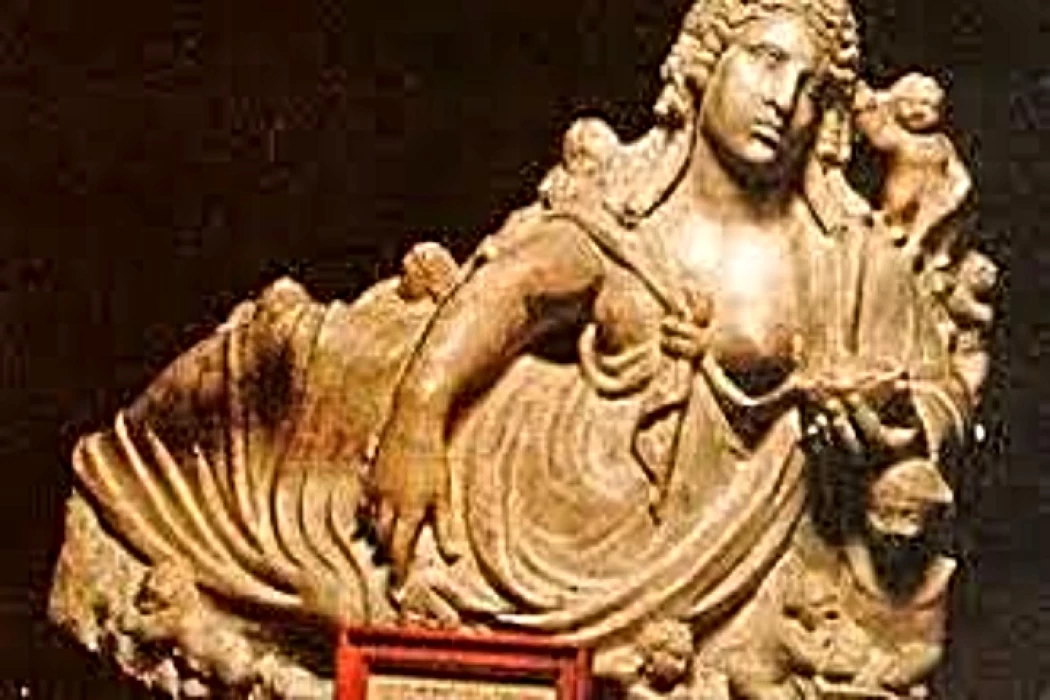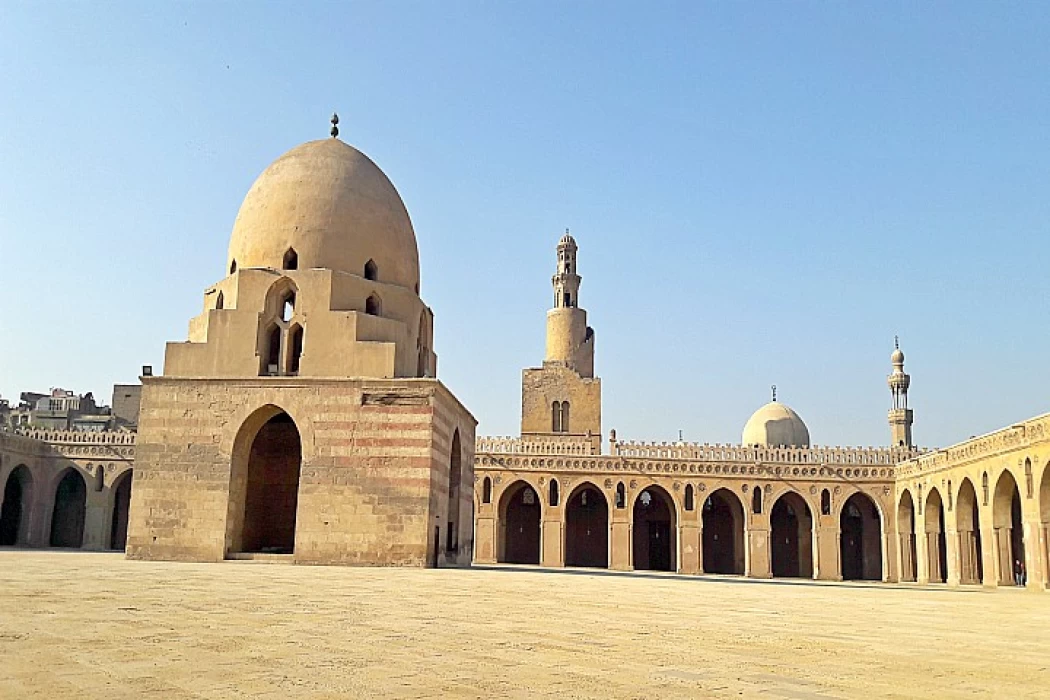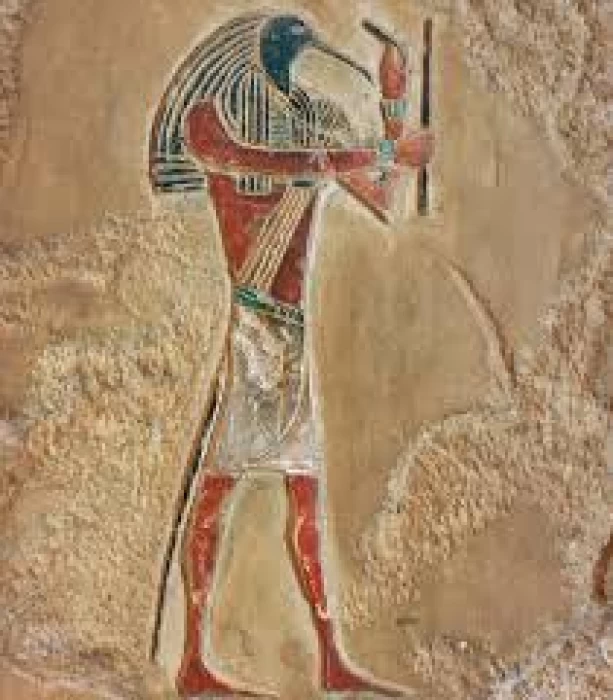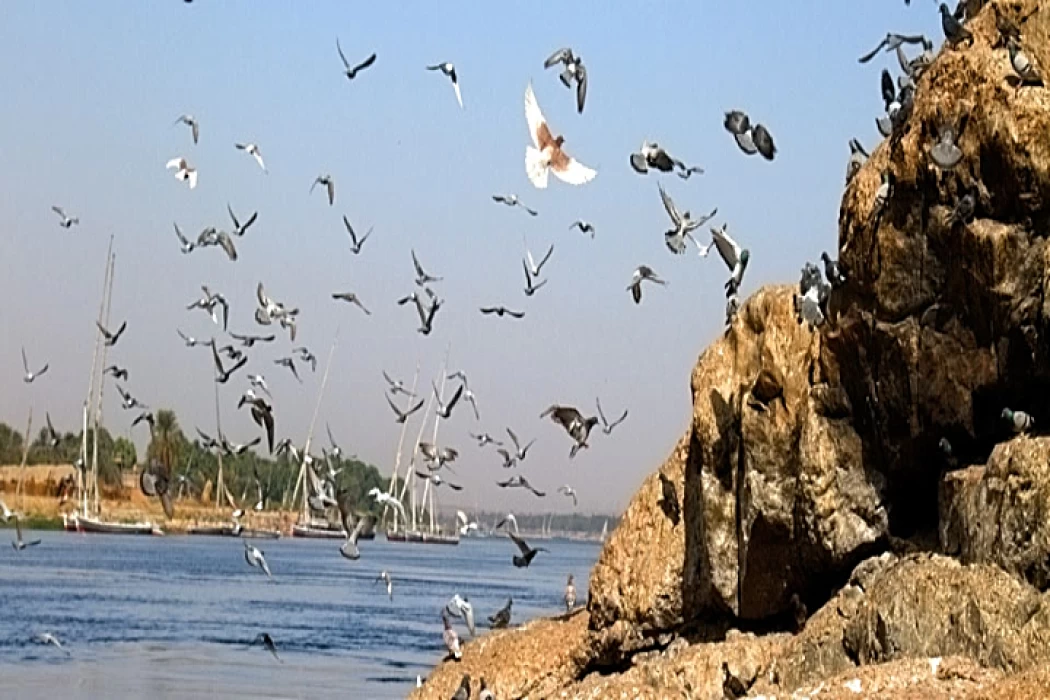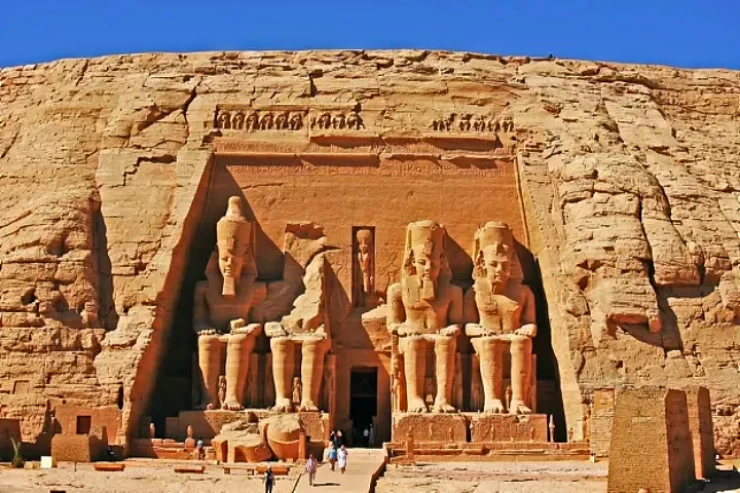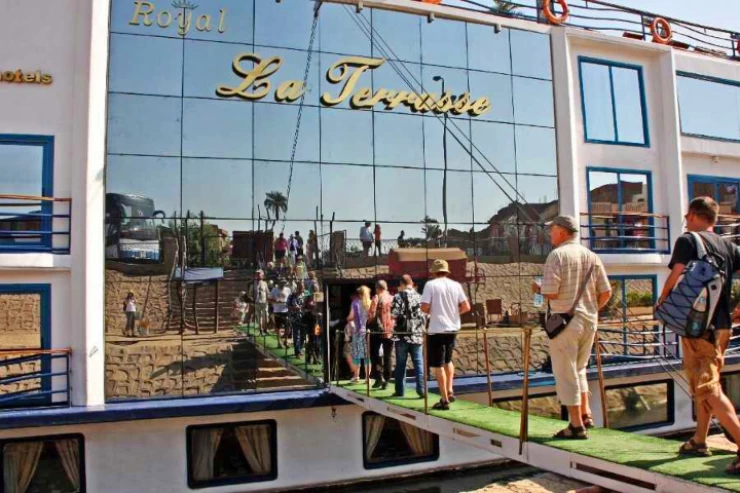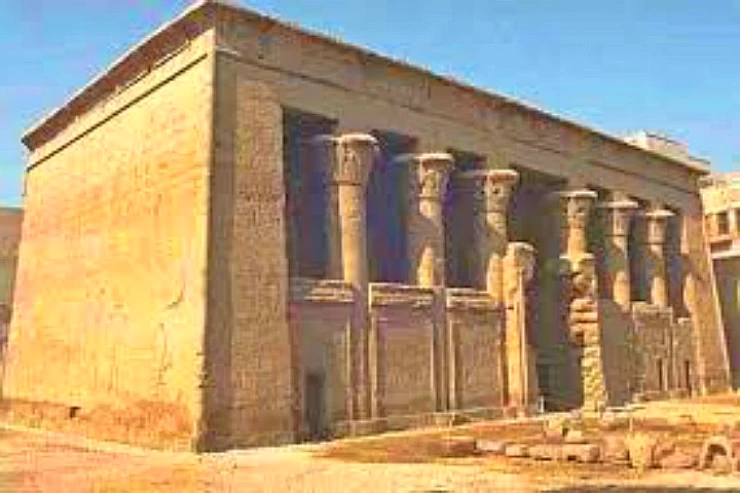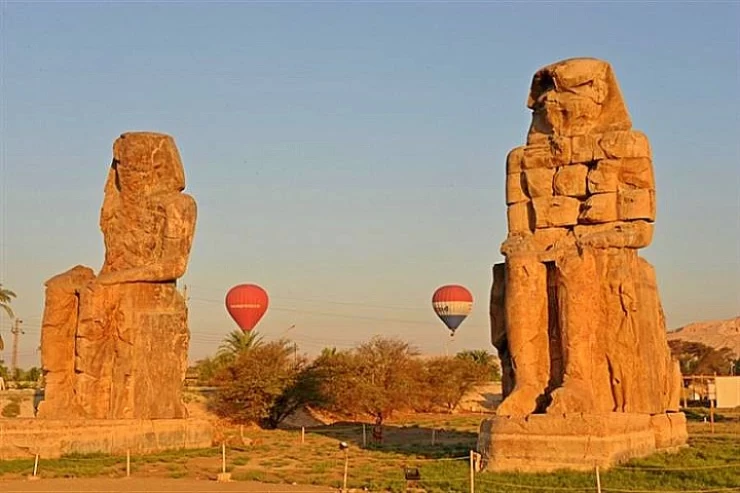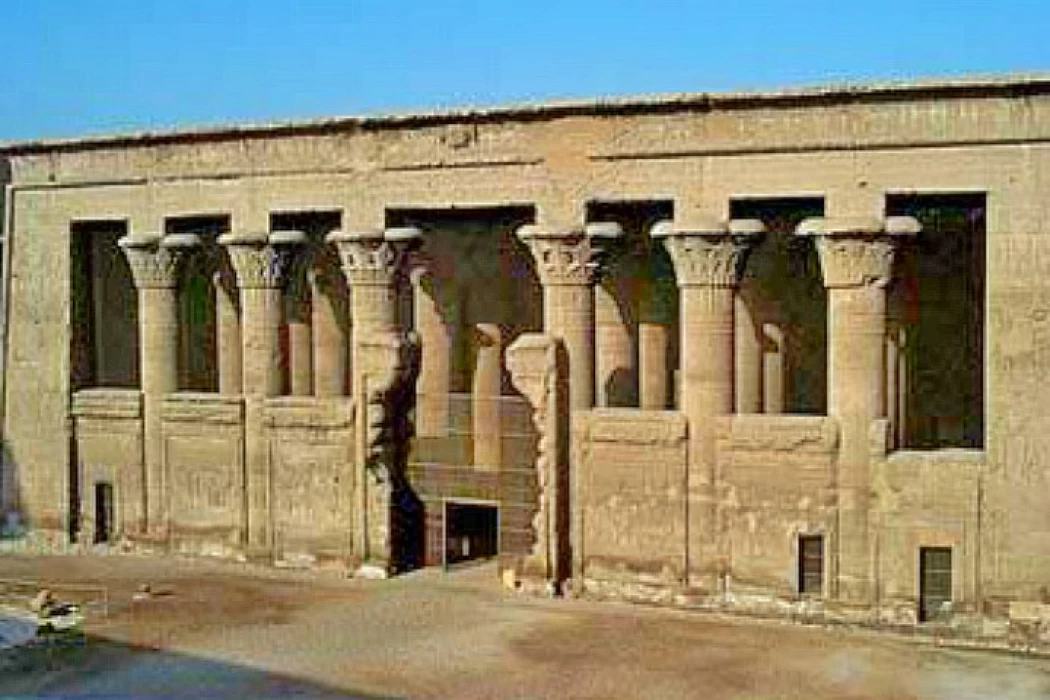
Temple of Khnum
Temple of Khnum at Esna
Esna
The town of Esna exists in the Luxor Governorate within southern Upper Egypt, near the western Nile bank, about 55 kilometres south of Luxor. Archaeologists call Esna an ancient settlement that ancient Egyptians first named Tasnit, and later, the Coptic era called it Litopolis.
Historically, Esna served as both an important religious hub and commercial centre, which reached its peak significance in the Ptolemaic and Roman times.
The most famous monument is the Temple of Khnum, located in the centre of the city.
It also includes many ancient tombs and Pharaonic ruins.
Temple of Khnum
The Temple of Khnum in Esna represents one of the most vital Ptolemaic and Roman temple ruins in Egypt, while standing in the urban area of Esna within Luxor's southern administrative zone. Previous generations used a sacred wheel to task Khnum with generating humans during his worship ceremonies at this temple.
Although its size is small compared to other temples like Luxor or Karnak, Esna Temple is known for its exquisite decoration, detailed carvings, and relatively good state of preservation.
Temple site and history
Workers constructed the temple during the ancient Egyptian period at Esna within the Upper Egypt governorate region, neighbouring Luxor as its southernmost settlement. Only the Pronos vestibule section survives from this temple complex.
It has a hall with 24 columns and an intact roof located at the centre of the city near the Nile, 200 m west of the riverbank.
People once prayed at the Temple of Khnum in Esna, which used to exist on ancient temple ruins established during the 18th Egyptian Dynasty under Thutmose III. The temple building commencement started during the reign of Ptolemy VI along with Ptolemy VIII in the 2nd century BC. During the Middle Ages, the primary Ptolemaic structure named the Naos, along with the sanctuary of Khnum, disappeared.
The construction of the Pronos started during Emperor Claudius' rule before Emperor Decius completed it. The temple area began to drop below the current Esna street level following the yearly Nile River flood and the resulting silt accumulation.
The Temple of Khnum is dedicated to the ancient Egyptian god Khnum, who served as the creator of both men and goddesses. In his incarnation as Khnum Hapi, he revived the springs of the Nile every year to bring about the Nile flood. In addition, his wife Minhet, the city goddess Nepto, and the goddesses Haka and Nit were also worshipped.
The open-air temple sits nine meters below street level in the city of Esna in a hewn depression. Stairs lead to the entrance of the temple. The parts of the temple visible today belong to the Ptolemaic and Roman eras.
In the early modern era, the floor was up to the capitals of the Pronos columns. When the French invaded Egypt, the city's inhabitants are said to have protected themselves from the French under the roof of the temple, and bullet holes are still visible above the capitals. French soldiers then partially excavated the Pronos River portico. The first scientific excavations were carried out by Auguste Mariette in the mid-19th century.
In modern Egyptian history, the restored Temple of Khnum has become a major tourist attraction in the city of Esna. Thanks to its nearby location on the Nile, a visit to the building is an integral part of river cruises between Luxor in the north and Aswan, 135 km to the south. The road from the sidewalk east of the Temple of Khnum leads through the streets of Esna's bazaar.
Architectural Features of the Temple
What is left of the Temple of Esna today consists only of the Great Hall of Columns (the pronaos), which is the part visible to visitors. The rest of the temple (the Holy of Holies and the inner chambers) is buried under the city's buildings and has not been fully exposed.
The outer side walls of Pronos are also completely decorated with bas-reliefs. They depict the Roman emperors Titus, Domitian, and Trajan, with Titus appearing only in smaller reliefs, such as on the southeast wall, stabbing a turtle before
the goddess Sekhmet and killing an oryx antelope before the goddess Minhet. From each of the four levels of representation, two reliefs are particularly emphasized because of their size, including the double height on two levels. They are not only similar in size but also in context.
The inscriptions and bas-reliefs in the interior of Pronos, which can be found on walls and columns, are in a good state of preservation.
The ceiling of the hall is covered with religious astronomical frescoes. Ancient Egyptian zodiac signs can be found here, as well as the depiction of the “day and night journey” of the sun on the six northwestern and southeastern ceiling panels of the central panel. The moon is depicted on the northwest band of the ceiling.
The so-called decimal stars are also located there and in the southwestern part of the roof. The celestial figures are dedicated to the special days of the gods under whose shadow they operate at the corresponding festivals.
The hall includes 24 giant columns, each about 13 meters high, crowned with various crowns with floral motifs (lotus flowers, palm trees, and papyrus) and inscriptions on the walls, especially hieroglyphic inscriptions depicting religious rituals, showing the god Khnum in the company of other gods such as Nit, Minhat, and Hathor.
The temple was the centre of worship for the Esna Trinity, consisting of
Khnum: The ram-headed creator god.
Nett: Mother and protector goddess.
Granted: The wife of Khnum and a manifestation of Hathor.
Priests performed daily rituals inside the temple, and it is believed that there were seasonal celebrations like the Feast of Purity, where statues of the gods were displayed in a water procession on the Nile.
Discovery and restoration
European expeditions discovered the temple in the 19th century before multiple restoration and cleaning phases took place. The collaboration between the Egyptian Ministry of Tourism and Antiquities, along with German missions, restored dazzling colours that had remained buried for hundreds of years through their cleaning process of temple walls from soot and calcification.
Khnum's temple is the only surviving one of four temples that existed in Esna, three of which were located in the northwest of Esna in Asfun - Kom al-Dir - West Esna, while the fourth was located in the east of Esna in an area called Hilla.
Latest Articles
Admin
The Graeco-Roman Museum
The Greco-Roman Museum of Alexandria is Egypt's most important archaeological museum, displaying a wide and impressive array of antiquities of the Roman and Greek periods, a testament to Alexandria as a hub of culture and civilization in the ancient world.
Admin
Beni Hassan Tombs
The tombs of Beni Hassan are among the most prominent evidence of the greatness of ancient Egyptian civilization, as they reflect the Egyptians' mastery of architecture and sculpture, as well as the minute details documenting aspects of their daily life and religious beliefs. These tombs, which date back to the Middle Kingdom, are not just burial sites but archaeological treasures that reveal the nature of Egyptian society at the time as well as its political and economic relations.
Admin
Wadi El Rayan
Wadi El-Rayan is one of the most important natural tourist attractions in Egypt, especially in Fayoum, where there are many wonderful places such as waterfalls and springs for medical tourism, as well as mountains for safari and camping.
Admin
Muslim Conquest in Egypt
Egypt became part of the Islamic world and played a pivotal role in Islamic and Arab history. The conquest had a different aspect than many conquests, as it was characterized by organization and negotiation, as well as military power.
Admin
God Thoth
Thoth served as the spiritual representation in Egyptian mythology whose divine nature embodied reason as well as justice and eternal wisdom. The legacy from Thoth spread throughout thinking, religion and science, thus preserving his name in Egyptian and Greek philosophical works.
Admin
Tourism in Aswan
Aswan is one of the most wonderful tourist cities in southern Egypt, where tourists come to it annually to see many of its wonderful monuments and temples, as well as the beautiful Nubian village. Tourism in Aswan is one of the most important tourist attractions in Egypt.
